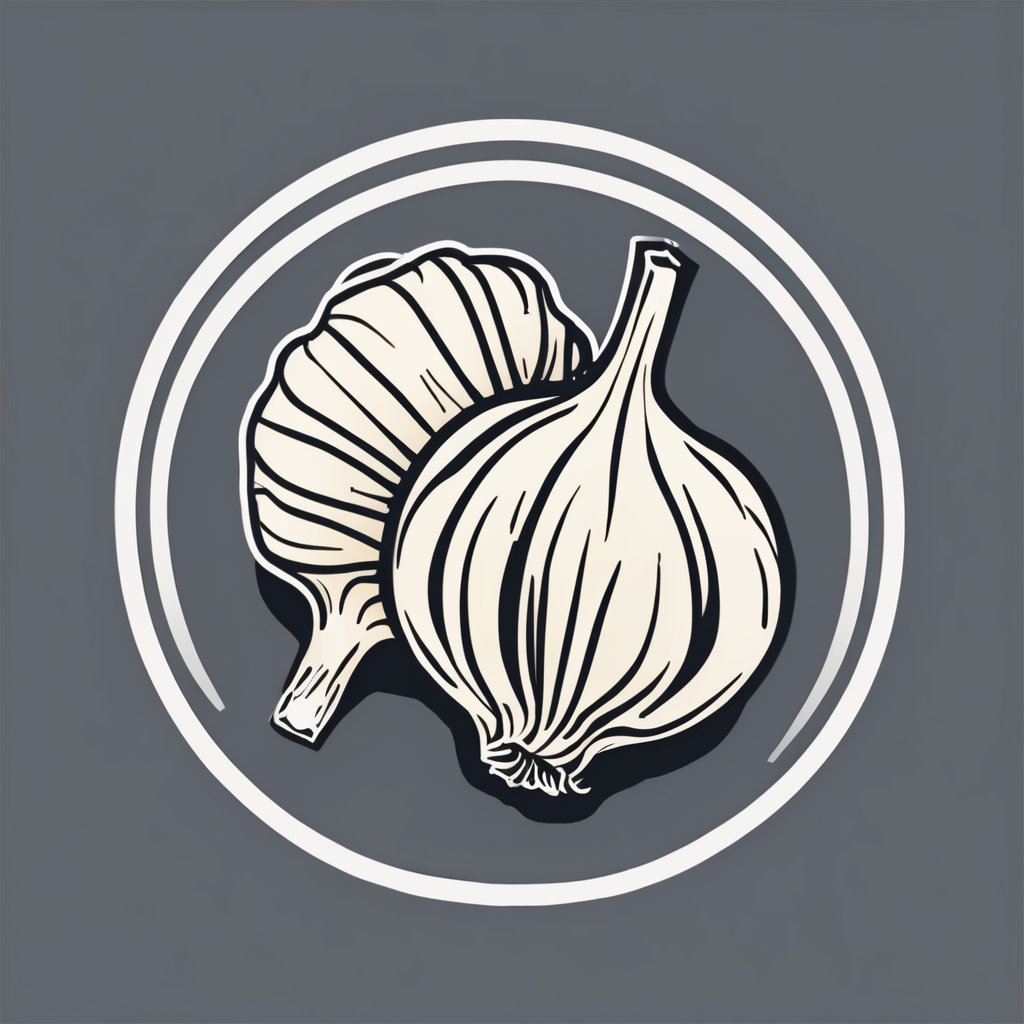The Importance of Customer Feedback in UK Restaurant Menu Development
Understanding customer feedback plays a crucial role in shaping UK restaurant menus. Restaurateurs rely heavily on direct insights from diners to guide their menu development. This input ensures that the dishes offered meet evolving customer influence and preferences, which is essential for maintaining relevance in a competitive dining market.
Customer feedback allows restaurants to align their menus with broader market trends and consumer expectations. For example, growing demands for healthier options or specific dietary needs can be identified early through consistent feedback. This alignment helps restaurants not only attract but also retain customers by offering choices that resonate with their tastes and values.
In parallel : What Makes UK Kitchen Bars So Popular in Restaurant Design?
Moreover, in the fiercely competitive UK dining sector, the ability to adapt menus based on informed customer input provides a significant advantage. Restaurants that proactively incorporate such feedback often experience increased customer satisfaction and loyalty, setting themselves apart from competitors. Hence, fostering a strong feedback loop becomes an indispensable strategy for successful menu planning and ongoing innovation.
Methods of Collecting Customer Feedback in UK Restaurants
Collecting customer feedback effectively is vital for accurate insights into diner preferences and enhancing UK restaurant menus. Common feedback collection methods include surveys, in-person interactions, and online reviews. Each provides unique advantages: surveys offer structured, comparable data; face-to-face engagement allows for immediate clarification; and online reviews capture spontaneous opinions from a wider audience.
In the same genre : What are the emerging trends in UK kitchen bar interior design?
Digital platforms have transformed feedback collection, enabling restaurants to reach more customers effortlessly through email surveys or social media polls. However, traditional methods like comment cards remain relevant for capturing immediate reactions during dining experiences. Combining these methods ensures a broader and more representative spectrum of customer influence.
Ensuring feedback diversity is crucial. A varied approach helps gather insights from different demographics and dining occasions, preventing menu development from skewing towards a narrow segment. This inclusivity improves the reliability of customer input, guiding restaurants to create menus attuned to the diverse UK dining public.
Analysis and Implementation of Customer Feedback
When considering feedback analysis in UK restaurants, precise interpretation of customer opinions is crucial to effective menu adjustment processes. The first step involves systematically reviewing data collected through various channels such as surveys, reviews, and direct engagements. This analysis identifies recurring themes and specific requests, highlighting clear areas for improvement or innovation.
Once insights are extracted, they feed directly into the menu development cycle. For example, if customers consistently request more vegetarian options, the restaurant’s strategy teams collaborate to create and test new dishes. This collaboration often includes chefs, operations managers, and marketing professionals who assess feasibility, cost, and alignment with brand identity before introducing changes.
Strategically implementing feedback also requires ongoing monitoring. After menu updates are launched, restaurants track customer responses to verify that adjustments meet expectations. This dynamic loop ensures that customer influence continually shapes the UK restaurant menus, fostering responsiveness and sustained satisfaction in a competitive market.
Case Studies: UK Restaurants Adapting Menus Based on Customer Input
Exploring UK restaurant examples reveals how effective integration of customer feedback can drive meaningful menu changes. One such case involved a London bistro that identified a strong demand for plant-based options through online reviews and surveys. Responding to this, the restaurant introduced several vegan dishes, which led to a marked increase in diner visits and positive ratings. This illustrates how listening carefully to customer influence directly informs menu development and can boost business performance.
Another example comes from a coastal eatery that used direct customer engagement during dining hours to gather specific feedback on seafood sustainability. Incorporating this input, the restaurant transitioned to sustainably sourced ingredients, highlighting the changes on their menus. The outcome was enhanced customer trust and loyalty, demonstrating the value of transparent communication and responsiveness to customer preferences prevalent in the UK market.
From these case studies, key lessons emerge: successful restaurants prioritize continuous feedback loops and foster collaboration among chefs and marketing teams to translate insights into viable menu adjustments. Conversely, neglecting systematic feedback integration can lead to stagnation and loss of competitive edge, underscoring the critical role of customer-driven innovation in a thriving UK dining scene.
UK-Specific Trends and Regulations Shaping Menu Development
Customer preferences within the UK are increasingly influenced by specific food trends and rigorous menu regulations, deeply affecting menu development in restaurants. For instance, the surge in demand for vegan, gluten-free, and sustainably sourced options reflects both evolving consumer values and broader societal shifts. Understanding these UK food trends enables restaurants to proactively tailor their offerings, ensuring that new dishes resonate with contemporary diner expectations.
Moreover, strict menu regulation requirements in the UK mandate clear disclosure of allergens and caloric information. Compliance is not only a legal obligation but also a critical element in building customer trust and enhancing transparency. Many establishments now integrate these regulatory details seamlessly into their menus, allowing diners to make informed choices effortlessly. Failure to adhere to such standards can result in penalties and damage to reputation, making this aspect essential for sustainable success.
Restaurants also evolve their feedback practices to align with these industry standards. Collecting detailed insights about dietary restrictions or preferences helps operators refine menu items responsibly while maintaining regulatory compliance. This alignment of customer feedback with industry standards creates a virtuous cycle, fostering both innovation and confidence in food safety, which is paramount for the UK dining market.
